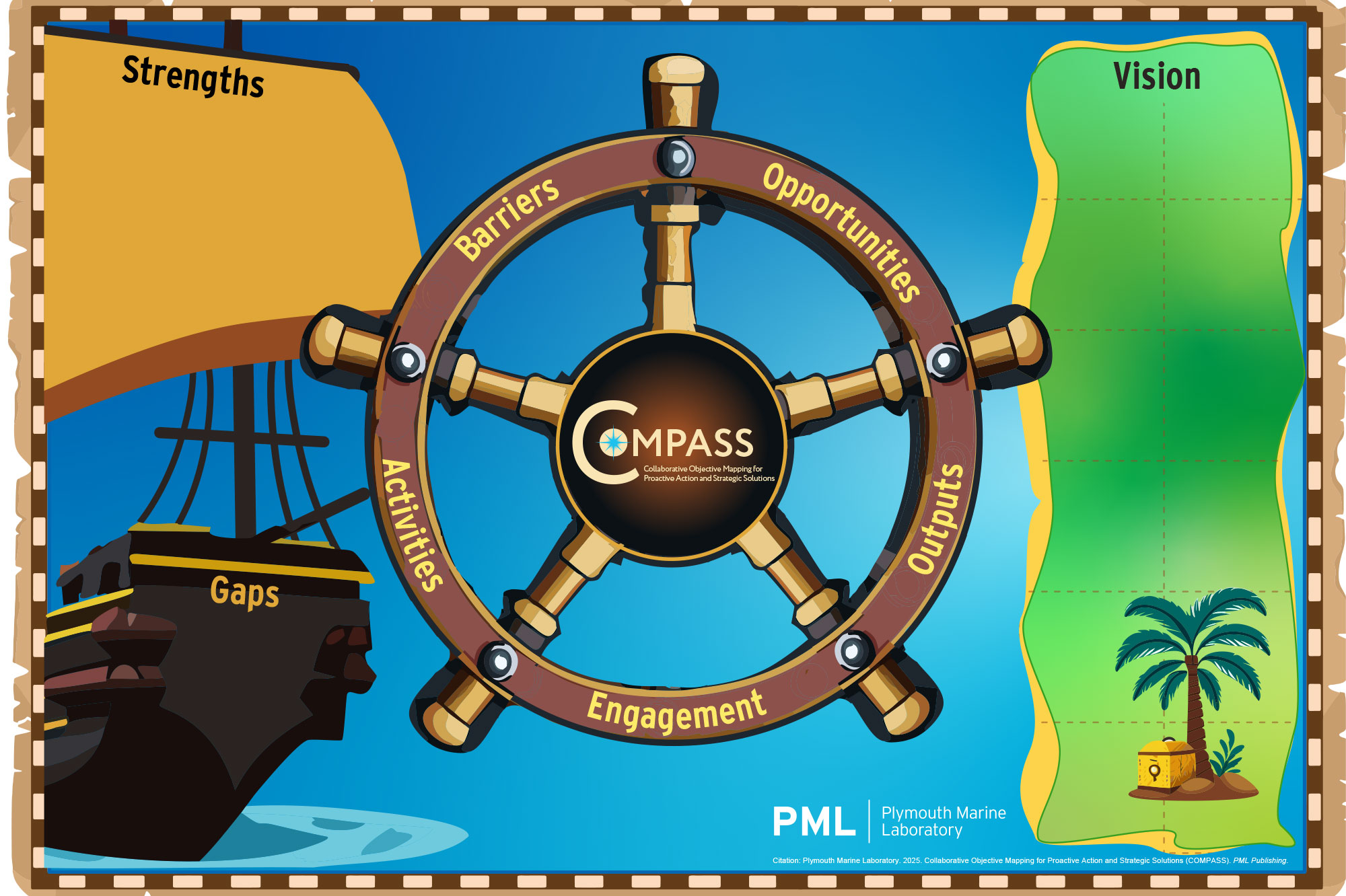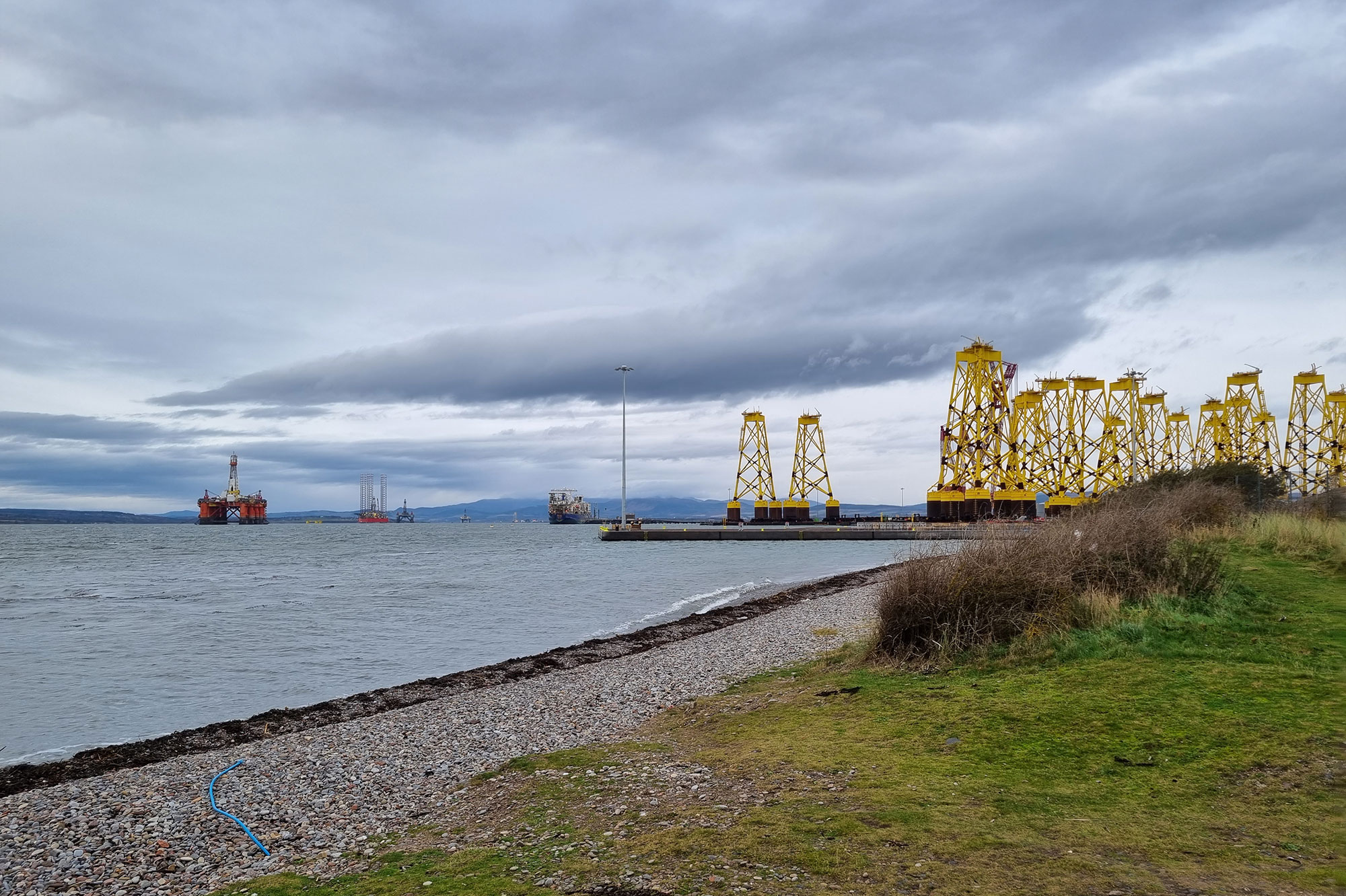Publication
Ecosystem service provision by marine habitats in Southeast Asia
Stefanie Broszeit, Caroline Hattam, Olivia Langmead, Radisti A. Praptiwi, Lota Creencia, Amy Yee Hui Then, Voon-Ching Lim, Tran Duc Hau, Andrew Edwards-Jones, Melanie C. Austen

This report provides an overview of the available evidence for the links between tropical marine habitats and the provision of ecosystem services. It forms one of the outputs of Project 3: Impacts on Ecosystem Services and Values of the Global Challenges Research Fund, Blue Communities Programme (grant number: NE/ P021107/1). GCRF Blue Communities aims to build capacity for sustainable interactions with marine ecosystems for the benefit of the health, well-being, food security and livelihoods of coastal communities in SE Asia. It focuses on four case study sites in SE Asia: Palawan, Philippines; Taka Bonerate Kepulauan Selayar, Indonesia; Cu Lao Cham, Viet Nam and Tun Mustapha Park in Sabah, Malaysia, the first three sites being UN Man and Biosphere Reserves, the latter being part of the largest multiple use marine park in Malaysia (Figure 1). The sites were chosen to reflect marine parks in which human use is limited by regional regulations aiming to achieve sustainable use. One site also contains some urban coastal space (Puerto Princesa City, Palawan).
GCRF Blue Communities is developing interdisciplinary research capability and lasting collaborations that can facilitate innovative application of integrated planning in the marine environment and respond to the UN Sustainable Development Goals of “no poverty’, “zero hunger’, “good health and well-being’ for coastal communities as well as “conserve and sustainably use the oceans, seas and marine resources for sustainable development’ through the sustainable use of marine resources. It aims to provide a research base that supports planning in the marine environment (marine planning) through a novel integration of ecosystem services, ecosystem valuation (monetary and non-monetary), ecological public health, and governance approaches.
Project 3 contributes to this overall aim by spatially defining what ecosystem services are delivered by each case study site, their uses and the pressures upon them. This report focuses specifically on ecosystem service delivery of marine habitats in SE Asia to ensure it can be applied to the case study sites.

Figure 1: Case study sites in the study area. The map was created with shapefiles publically available from www.cdc.gov/epiinfo/support/downloads/shapefiles.html using QGIS (www.qgis.org).
This report has been prepared as part of a research programme, funded by the Global Challenges Research Fund (GCRF), via the delivery partner Research and Innovation (UKRI), under grant agreement reference NE/P021107/1 to the Blue Communities research programme.
Download this publication
Please enter your details below to access the publication.
The information you provide will be used to gain a greater understanding of our audience.
Your details will be kept securely and in accordance with our Privacy Policy.
Cite this publication
Broszeit, S., Hattam, C., Langmead, O., Praptiwi, R.A., Creencia, L., Then, A.Y.H., Lim, V.-C., Hau, T.D.,
Edwards-Jones, A., Austen, M.C. et al. 2022. Ecosystem service provision by marine habitats in South-east Asia. PML Publishing, Plymouth, UK. 121pp. doi: 10.17031/qtxe-y357
Other publications from PML publishing
COMPASS User Guide (Collaboration Objective Mapping for Proactive Action and Strategic Solutions
2025
Plymouth Marine Laboratory
COMPASS Poster (Collaboration Objective Mapping for Proactive Action and Strategic Solutions
2025
Plymouth Marine Laboratory
Sea the Value Marine Natural Capital Training Materials
2025
Collar, M., Contento, C., Dickie, I., Watson, S.C.L., Broszeit, S., Preston, J., Van der Schatte, A., Watson, G., Anbleyth-Evans, J., Burdon, D., Potts, T., Chan, C., Chung, P., Tinch, R., Erskine, A., Watts, A., Beaumont N
Research Impact Spotlight Event – Plymouth Sound a the Tamar Catchment – Event report and next steps
2024
Plymouth Marine Laboratory, Tamar Estuaries Consultative Forum and Plymouth Sound National Marine Park (eds)
AMT1 Cruise Report
1996
Robins DB, Bale AJ, Moore GF, Rees NW, Hooker SB, Gallienne CP, Westbrook AG, Maranon E, Spooner WH, Laney SR




